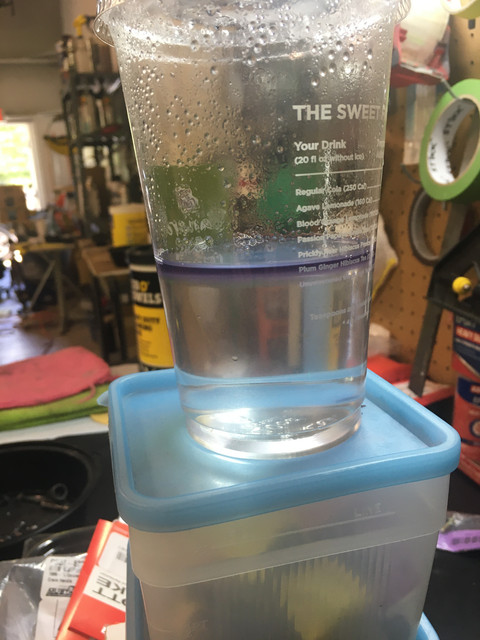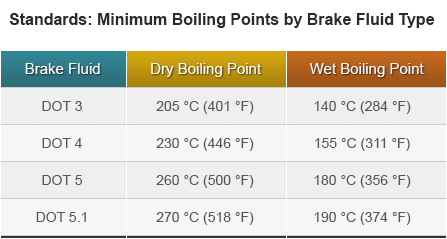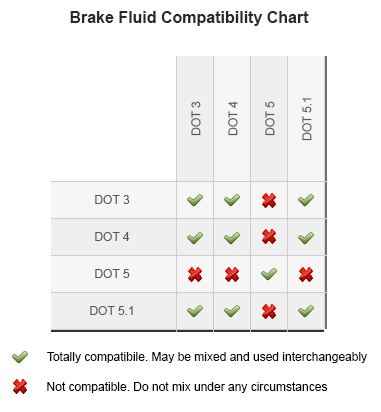Rmach1
Well-known member
- Joined
- Apr 7, 2019
- Messages
- 98
- Reaction score
- 2
- Location
- Ky
- My Car
- 1971 Mach 1 351c H code
[url=https://ibb.co/xFgFn66][img]https://i.ibb.co/PDWD2gg/BB339-FB4-2-E55-42-B6-A6-AB-490-B03-BEDC84.jpg[/img][/url]
Hey all
A local Mechanic says he put Dot 3 in my brand new brake system but when I researched and finally asked the shop owner, he said he thinks he put synthetic in...
I’ve seen threads on how to identify synthetic from non
Please see my photo and let me know what you think
Thanks for any and all feedback!!!
A local Mechanic says he put Dot 3 in my brand new brake system but when I researched and finally asked the shop owner, he said he thinks he put synthetic in...
I’ve seen threads on how to identify synthetic from non
Please see my photo and let me know what you think
Thanks for any and all feedback!!!























































